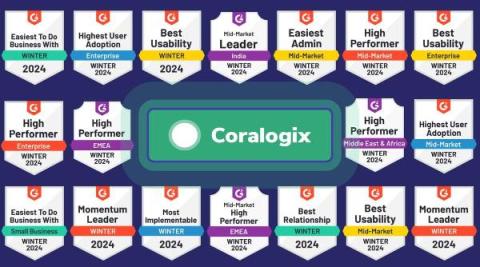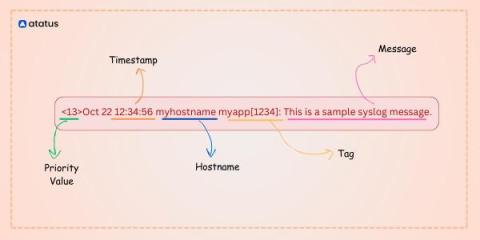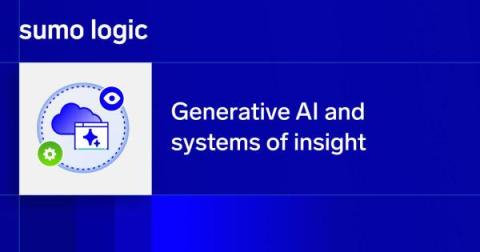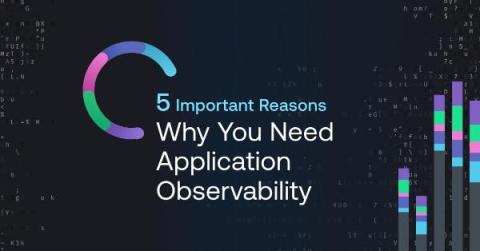Coralogix Secures 123 G2 Badges in 2024 G2 Awards
The G2 Winter 2024 Reports have landed, and we proudly announce that Coralogix has been awarded 123 new badges across 13 categories! These G2 awards are a true testament to the trust we receive from our customers and our commitment to make observability accessible to all.











